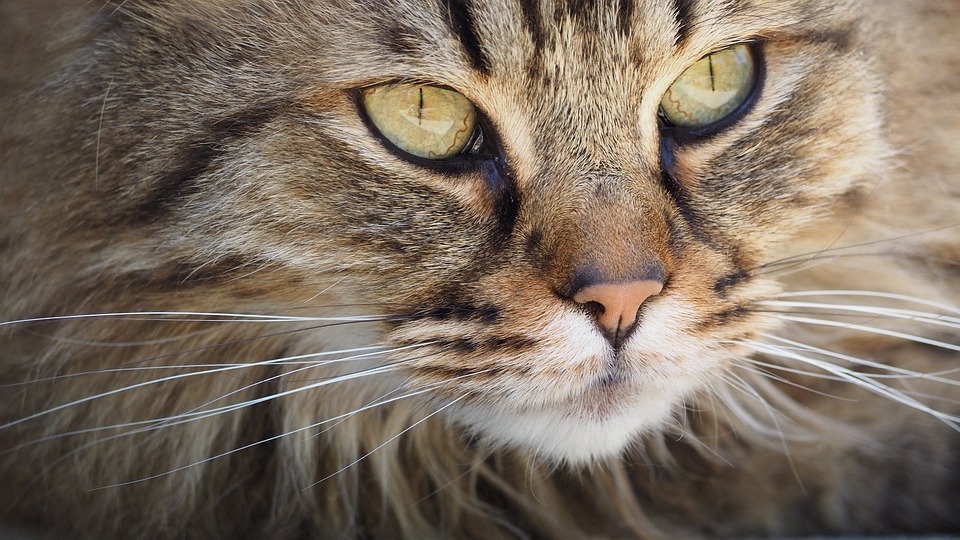Cats are known for their playful nature, and engaging in play sessions with them is not only fun but also provides essential mental and physical stimulation. However, it’s important to be mindful of your cat’s limits and prevent overstimulation during playtime. In this article, we will explore effective strategies to ensure enjoyable and safe play sessions with your feline companion while avoiding overwhelming them. We’ll also address some frequently asked questions about cat behavior and play.
Understanding Your Cat’s Play Preferences
Before diving into strategies to prevent overstimulation, it’s crucial to recognize and respect your cat’s individual play preferences. Some cats may prefer interactive play, while others may enjoy solo play or a combination of both. Observe your cat’s behavior to identify their preferred play style and tailor your play sessions accordingly.
Signs of Overstimulation in Cats
To prevent overstimulation, it’s essential to recognize the signs that your cat may be becoming overwhelmed during play. Keep an eye out for the following behaviors:
1. Tail Twitching: If your cat’s tail begins to twitch rapidly or swish forcefully, it may indicate increasing agitation.
2. Dilated Pupils: Wide-open pupils can signal excitement or arousal. However, if they remain dilated for an extended period, it may indicate overstimulation.
3. Excessive Vocalization: Unusual or persistent vocalization beyond the typical playful meows might indicate your cat is feeling overwhelmed.
4. Increased Aggression: If your cat starts biting or scratching more aggressively during play, it could be a sign that they are no longer enjoying the session.
Strategies to Prevent Overstimulation
Now that we understand the signs of overstimulation, let’s discuss effective strategies to prevent it during play sessions with your cat.
1. Observe Your Cat’s Body Language: Pay close attention to your cat’s body language and adjust the intensity of play accordingly. If you notice signs of overstimulation, slow down or take a break to allow them to relax.
2. Use Interactive Toys: Interactive toys, such as wand toys or puzzle feeders, can provide mental stimulation and prevent overstimulation by allowing your cat to control the pace of play.
3. Provide Hiding Spots: Create safe retreats for your cat by providing hiding spots like cardboard boxes or shelves. Giving them a place to retreat to when they feel overwhelmed can help prevent overstimulation.
4. Rotate Toys: Cats can quickly become bored with the same toys. Rotate their toys regularly to keep playtime interesting and prevent overstimulation due to monotony.
5. Set a Consistent Play Schedule: Establish a consistent play schedule that aligns with your cat’s natural activity patterns. Regular play sessions help release excess energy and reduce the likelihood of overstimulation.
FAQs about Cat Behavior and Play
Q: How long should play sessions with my cat last?
A: The duration of play sessions depends on your cat’s age and energy levels. Generally, aim for two or three 10-15 minute play sessions per day. Adjust the duration based on your cat’s response, ensuring they remain engaged without becoming overstimulated.
Q: Can overstimulation during play sessions lead to aggressive behavior?
A: Yes, overstimulation can trigger aggressive behavior in cats. If your cat displays aggression during play, it’s crucial to stop the session immediately and allow them to calm down. Consult with a veterinarian or animal behaviorist if the aggression persists.
Q: Are there any specific toys or games that can help prevent overstimulation?
A: Toys that allow your cat to mimic hunting behaviors, such as feather wands or puzzle feeders, can be effective in preventing overstimulation. Additionally, providing opportunities for independent play, such as puzzle toys or balls, can be beneficial for cats who prefer solo play.
In conclusion, engaging in play sessions with your cat is an enjoyable way to bond and provide mental and physical stimulation. By understanding your cat’s play preferences and recognizing the signs of overstimulation, you can ensure safe and enjoyable playtime for both you and your feline friend. Remember to be attentive, adjust the intensity of play, and provide a variety of toys to keep your cat engaged and prevent overstimulation.








